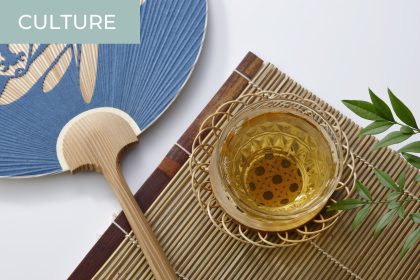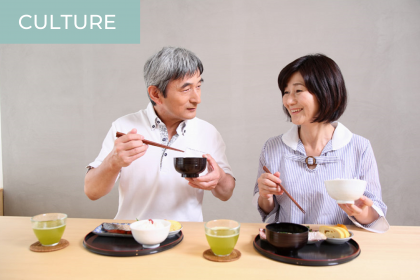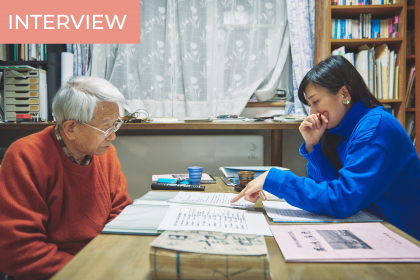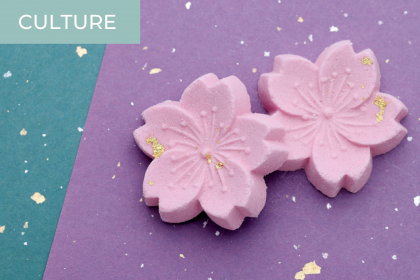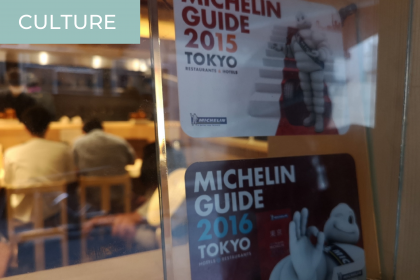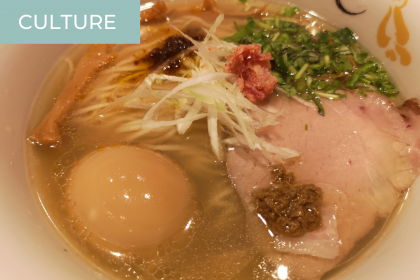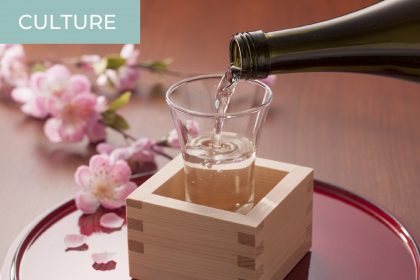Cold mugicha (barley tea) is a drink that is popular in Japan, especially in summer, or after taking a bath or exercising. How is it different from green tea and what are its effects? What Are the Differences Between Mugicha and Other Teas? Mugicha is golden brown, whereas green tea is… well, green.There are other…
Tips for Autumn in Japan
In the very first “Kokoro Media Unfiltered” video discussion, we talk about the many ways to enjoy Japan during autumn!
What makes autumn special? What are the recommended seasonal food? What are the best places to go to? We answer these questions and more!
Greetings Used Before and After Meals: “Itadakimasu” and “Gochisosama”
Before eating meals, Japanese people join their hands in front of their chests and say, “itadakimasu.” After finishing, they perform the same gesture and say, “gochisosama.” These greetings are part of a day-to-day manner. Japanese people hold their hands this way to show respect and to put their thoughts and feelings into form. They use the…
Uncovering the Truth about Japanese Food Production
Michiru Hasegawa is not your usual kind of media writer. Her job takes place in a particular field: where people grow, raise, and fish the food the Japanese find on their plates every day. This time, she’s the one being interviewed. She opens up about her peculiar origin story for the first time and tells…
What Is Wasanbon, the Traditional Japanese Sugar?
Japanese food culture’s popularity has increased worldwide during the last few years and its sweets are also gaining more attention. Among them, there is wasanbon, a kind of sugar often presented in traditional shapes and colorful designs. But aside from its aesthetics, what makes it different from other sugars? Wasanbon, an “Upper-class” Sugar Wasanbon is a…
Three Tokyo Ramen Restaurants Featured in Michelin Guides
If you are interested in Michelin restaurants and the Japanese dish of ramen, you’ve no doubt heard of Tsuta and Konjiki Hototogisu: both places have been awarded one Michelin star each. Consequently, both have extremely long lines. However, the Michelin’s guide’s love story with Japan’s number one fast-food dish doesn’t stop there. In this article,…
Soba House Konjiki Hototogisu – a Michelin Ramen Restaurant near Shinjuku Gyoen Park
What is the number one ranked ramen restaurant in the Shinjuku area? There are several ranking sites for ramen but recently the “ramen database” (in Japanese only) has started appearing frequently in my search results. Their number 1 ramen restaurant in the Shinjuku area is Soba House Konjiki Hototogisu (Konjiki for short), a one-star restaurant…
How to Choose Sake
When one thinks of Japan, one thinks of Japanese sake. If you are visiting Japan, you’ll certainly want to try some and maybe even bring back a bottle as a souvenir. However there are many different kinds of sake, with different tastes and drinking-styles. How can you choose one to try or buy among the…
Yes, You Can Eat Anglerfish: Here Is How the Japanese Do It.
Despite its terrible looks granted by nature and its slimy texture, anglerfish is actually edible. The monster is turned into a delicacy by Japanese cooks. The Difference between Anglerfish, Monkfish, and Footballfish Before talking about cuisine, a distinction should be made between the terms anglerfish, monkfish, and footballfish. Although the fish look similar, the words…
Japanese Miso Soup: its Origins and Why Japanese People Like it so Much
When and where was miso soup invited? What is it made of? Why is it so important to the Japanese people? Is there a correct way to eat it? Is it really good for your health? Here are some answers to the most commonly asked questions related to the most famous soup of Japanese cuisine….

